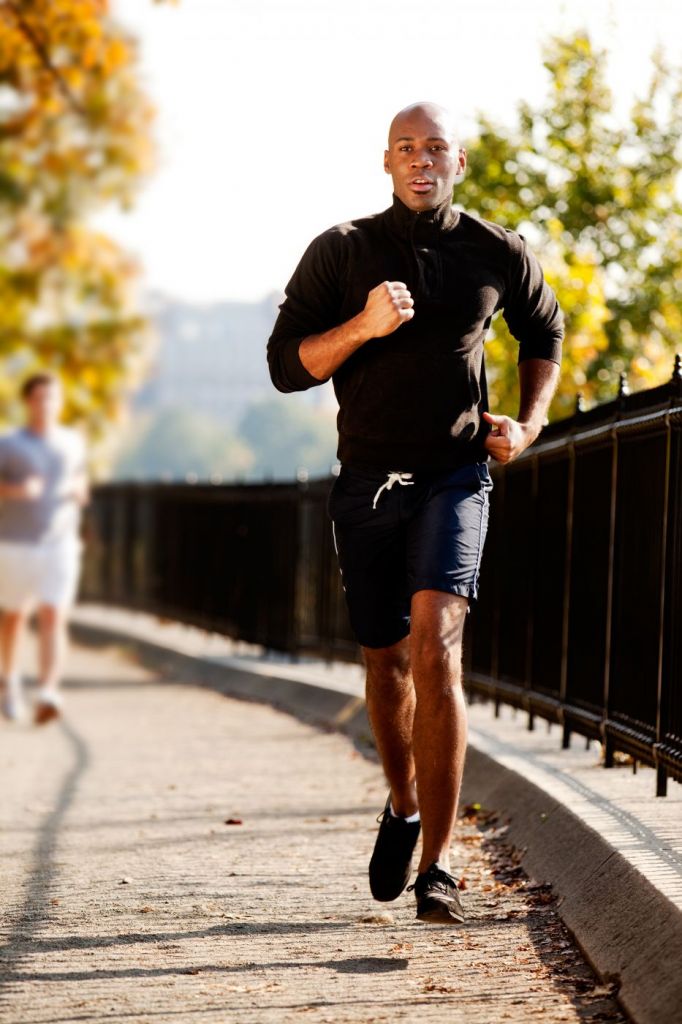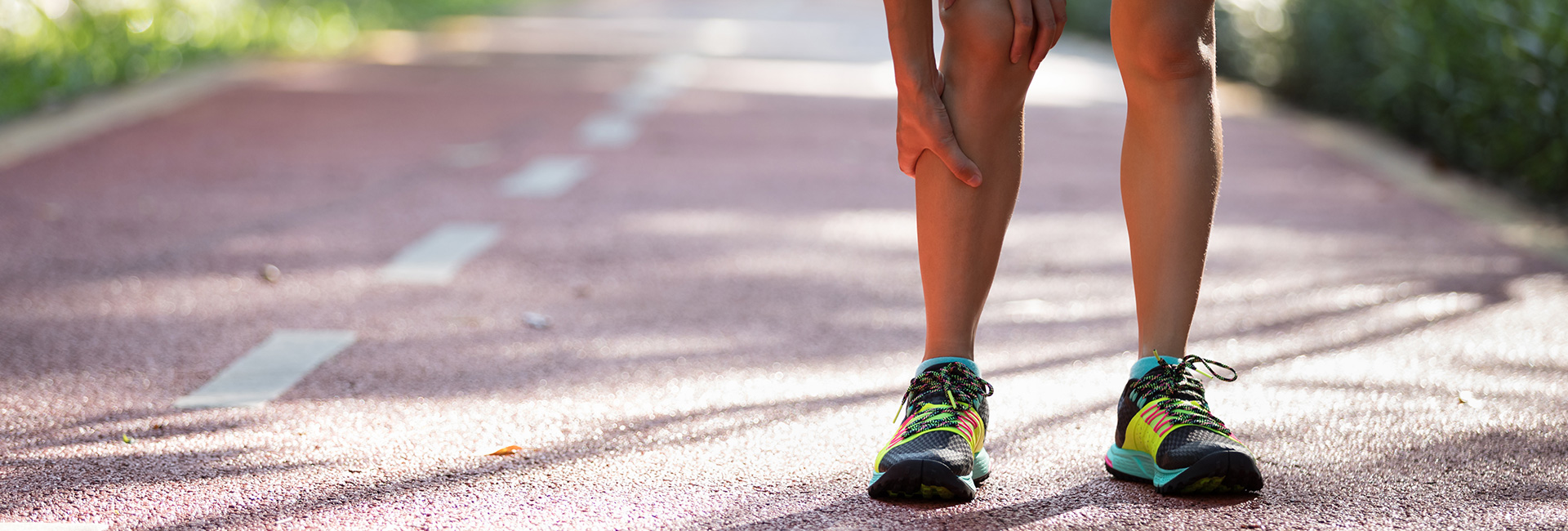Almost exactly 10 years ago, my running journey began. I laced up a pair of well-worn athletic shoes that I had mostly worn for gym use for many years, stepped out the door and said, “time to be a runner.” I took off at a slow pace, letting myself warm up with the rhythm of my breath and footsteps echoing on the cold winter air. About 2 miles later, I decided it would be good to run “just one more,” and I took off at a quick pace feeling only slightly invincible. Two minutes later, as I was huffing and puffing and feeling like my lungs were going to explode, I started to notice a familiar and unwelcome feeling creeping up my ankles into my calf area. Eight minutes later I stumbled back into the house, legs and lungs both now on fire, thinking to myself “yeah, maybe running may not be my thing.” I was defeated. Victim, like many others, of a nasty case of hubris and the disagreeable experience of pain in my shin area that we colloquially call “Shin Splints.”
I have considered myself an athlete most of my life. Anytime you could get a ball in my hands I was happy. I loved running, as fast as I possibly could, for about 10 seconds at a time full sprint down a basketball court or a base line of a baseball field. That’s where my running acumen started and ended. Conditioning was a dirty word. Any sustained running at the beginning of the season often resulted in weeks of sustained shooting pain in my shins with every stride I took. Not armed with my current knowledge and experience, I would just grit my teeth, bury my pain and continue to push myself through drills and running lines until somewhat miraculously, my body would catch up, heal and I would continue on with my season.
Fast forward to 2022. I am a physical therapist, having 10-plus years of experience treating patients. I specialize in foot and ankle disorders, running issues, and have conducted injury prevention programs with local high school athletes. I have run almost 9,000 miles, including a current run streak (running a least 1 mile per day) of almost 1500 days straight (over 4 years), 3 marathons, and a 50k. In these past 10 years, my body and understanding of injury treatment have evolved. I can also report that the shin splint issue that plagued my athletic career (and early running days) is behind me.

What exactly are shin splints?
The anatomy of our lower leg allows us to do amazing things including running and jumping. The muscles and tendons form together in a tight knit bundle that surrounds our lower leg bones (the fibula and tibia). Occasionally, the places where the soft tissues meet the bone and connective tissue from our foot to our lower leg get overloaded, resulting in inflammation and irritation we call shin splints.
Shin splints are usually a symptom of a bigger problem most often caused by repetitive strain and overload through our foot and lower leg. This overload can be caused by myriad factors including, but not limited to:
- limitations and or alterations in foot/ankle mobility
- strength deficits
- tight musculature
- inadequate contributions from other regions of our body such as the knee, hip, and spine
When we walk and run, our bones, muscles, ligaments, tendons, connective tissues, and nerves take significant amounts of pressure through them that must be dissipated and stored as kinetic energy to help us propel forward. Sometimes, this load exceeds the capacity of the tissues, and we get a repetitive strain injury such as shin splints.
Who do shin splints primarily affect?
Shin splints primarily affect individuals performing lower extremity weight bearing activities, especially those that involve more impact or dynamic movements (think runners, jumping athletes, dancers, or walkers). Types of surfaces that we walk on can also influence this issues (such as workers who stand and walk all day on concrete floors).

How long does it take for shin splints to get better?
Luckily, injuries such as this can be managed with the right combination of self care, load management of activities, and occasionally professional help from a qualified medical professional. In the case of shin splints, expected healing timeframes are not unlike other musculature and soft tissue strains in the body. Our bodies are healing machines, and when left to their own devices, we typically will heal from these types of injuries in 4-8 weeks (though in more severe cases it can take up to 12 weeks). Paramount to the healing process with shin splints are active treatment strategies as well as appropriate load management to allow for the tissues to have adequate recovery time to heal.
How do we treat shin splints?
Here are five great exercises for most people to perform when experiencing shin splints (remember, these are not individualized and may not work for every person. If you are having trouble with pain and basic care is not helping, please seek out the advice and help of a medical professional).
- Calf stretching
- Foam rolling
- Ankle mobility exercises
- Eccentric heel raises
- Ankle inversion/eversion strengthening
Try these exercises out for at least 2 weeks. If you are not experiencing resolution of your symptoms, contact your nearest Therapeutic Associates Physical Therapy clinic. A Physical Therapist is the ideal person to help evaluate, diagnose, and treat these types of musculoskeletal injuries. Using a combination of high-skilled evaluation, high-tech movement analysis, hands-on treatment (including soft tissue mobilization techniques such as Astym), appropriate exercise progression, and working directly with you to optimize your training and loading schedule, we are perfectly situated to help you through this frustrating condition.
As illustrated by my own personal experience, conditions such as shin splints don’t have to be a life sentence. Through a combination of the techniques listed above and gradual load management and progression, I am proud to now call myself a successful runner. Whether you are a runner as well, or a person who wants to enjoy walking and staying active, there is help out there for you. Please call us today if you need more help!
Start your journey to pain-free living today.
Though typically associated with runners, shin splints can affect anyone whose activity leads to repetitive strain on the feet and lower legs. If you’re experiencing tenderness, pain or lingering soreness, our physical therapists can help. As musculoskeletal experts, we can determine what’s causing your condition and work with you to create an individualized plan for treatment and recovery as well as helping you to avoid the problem in the future.



